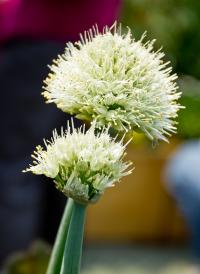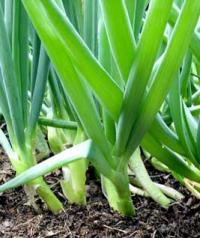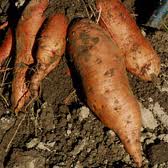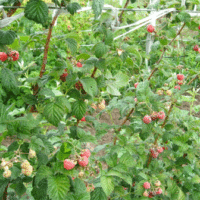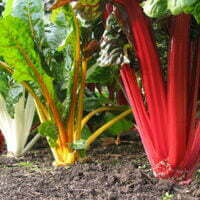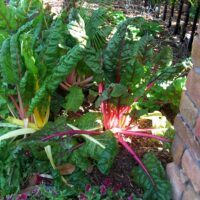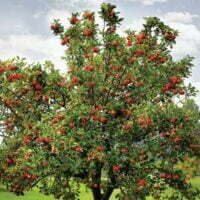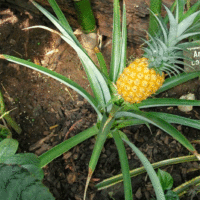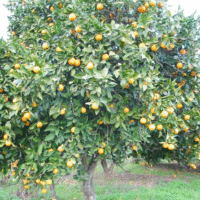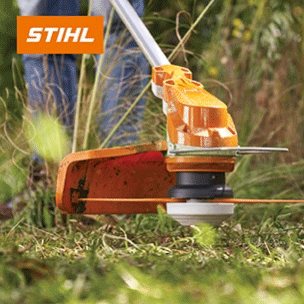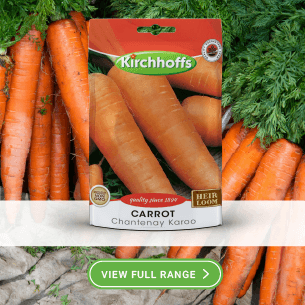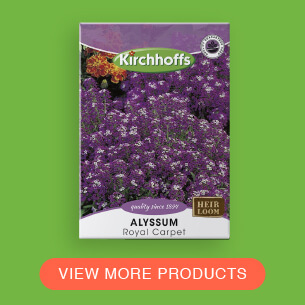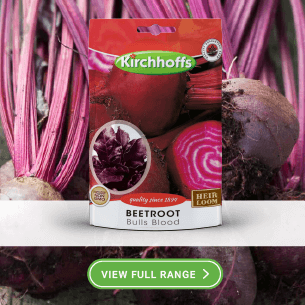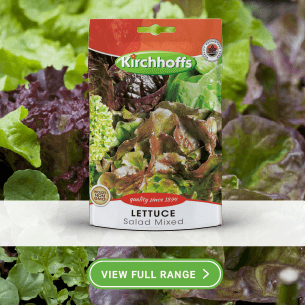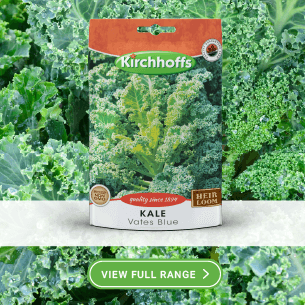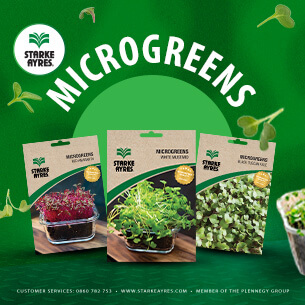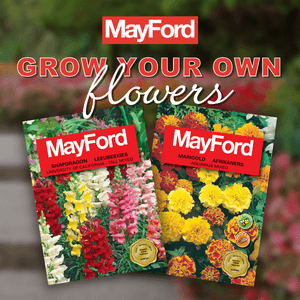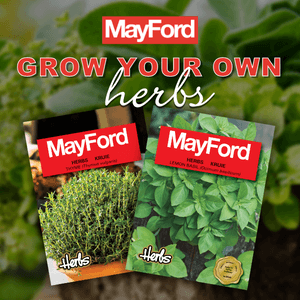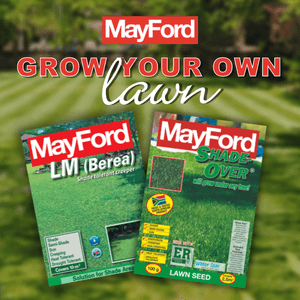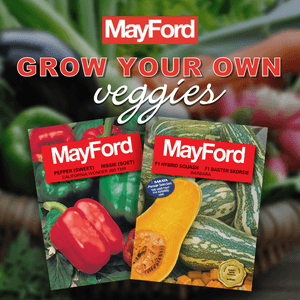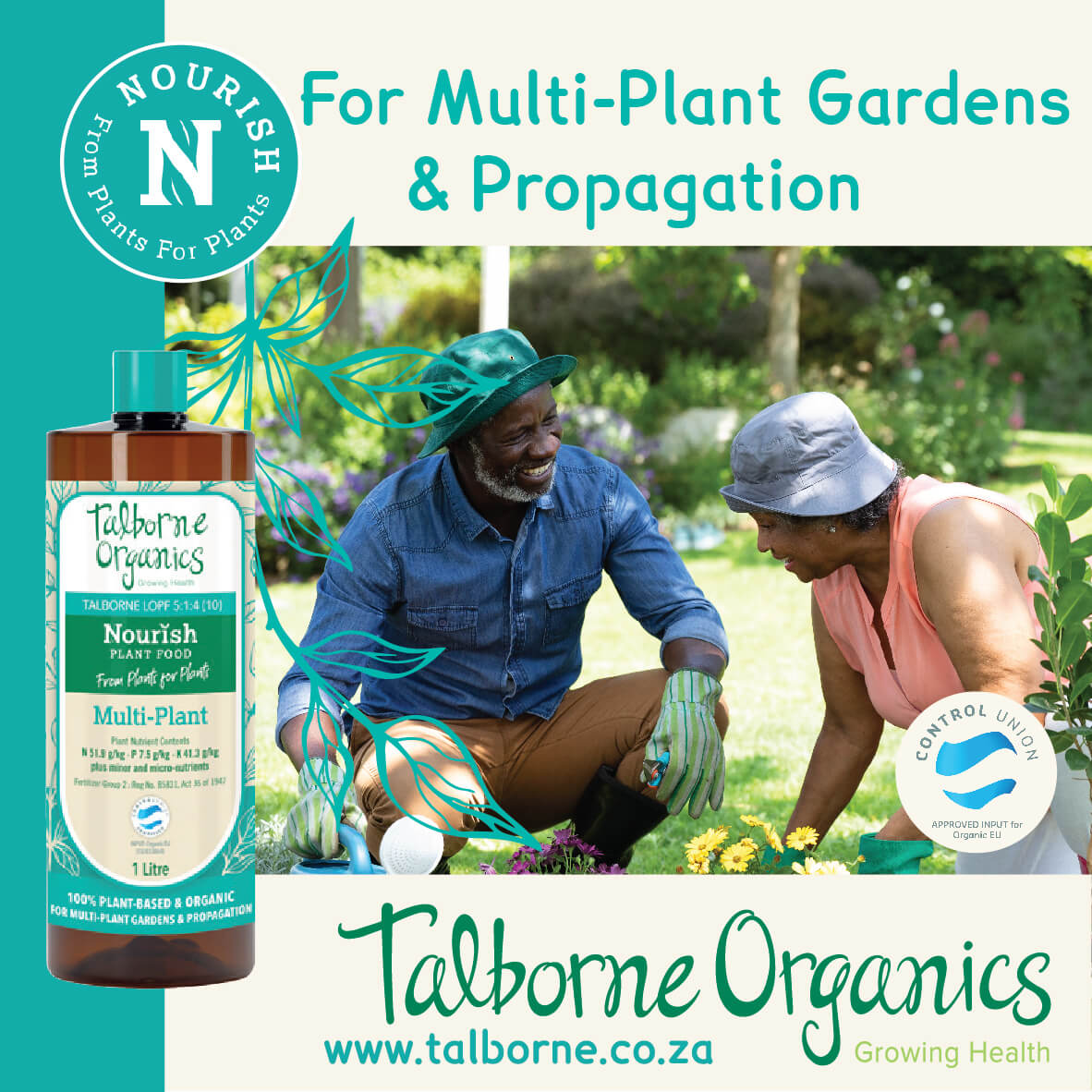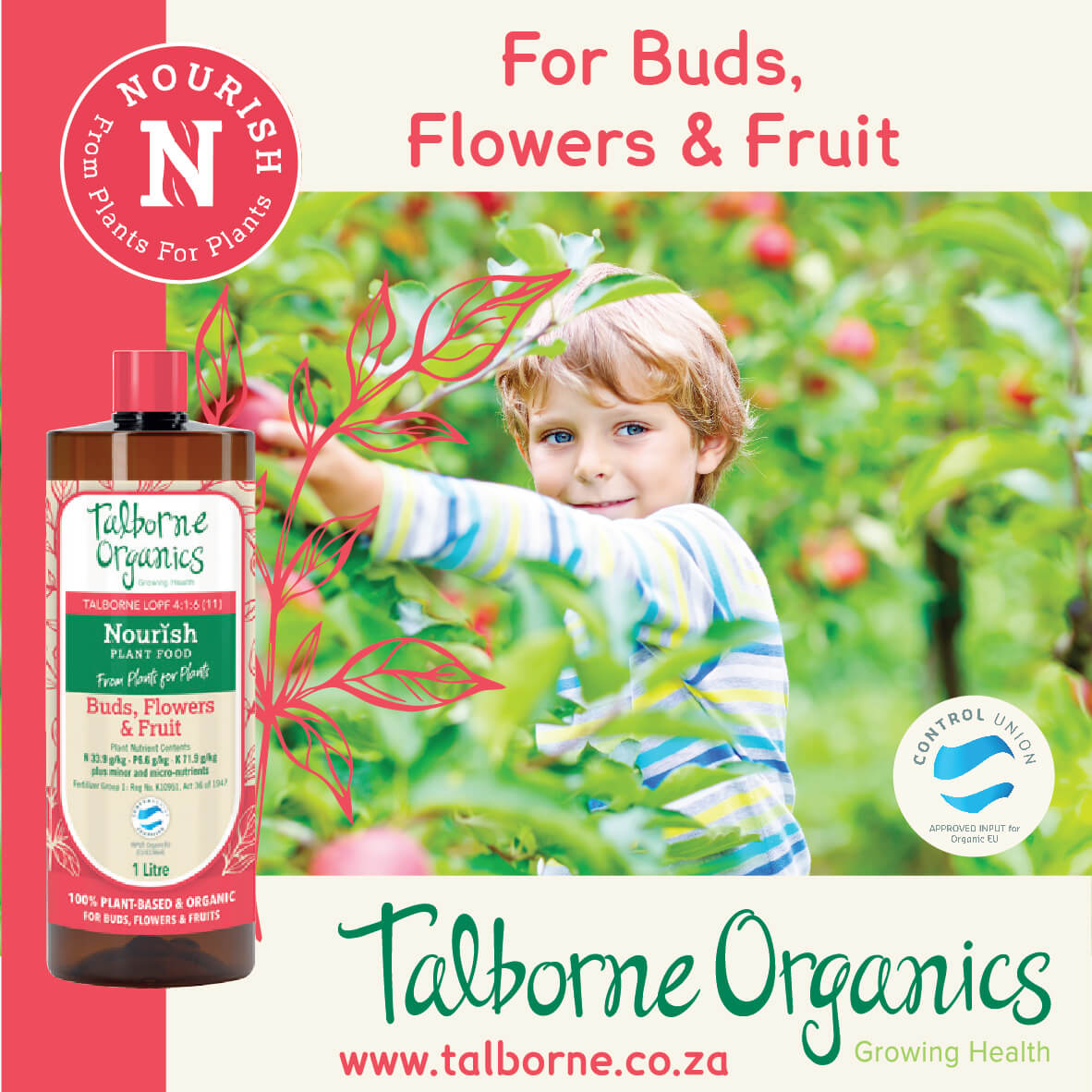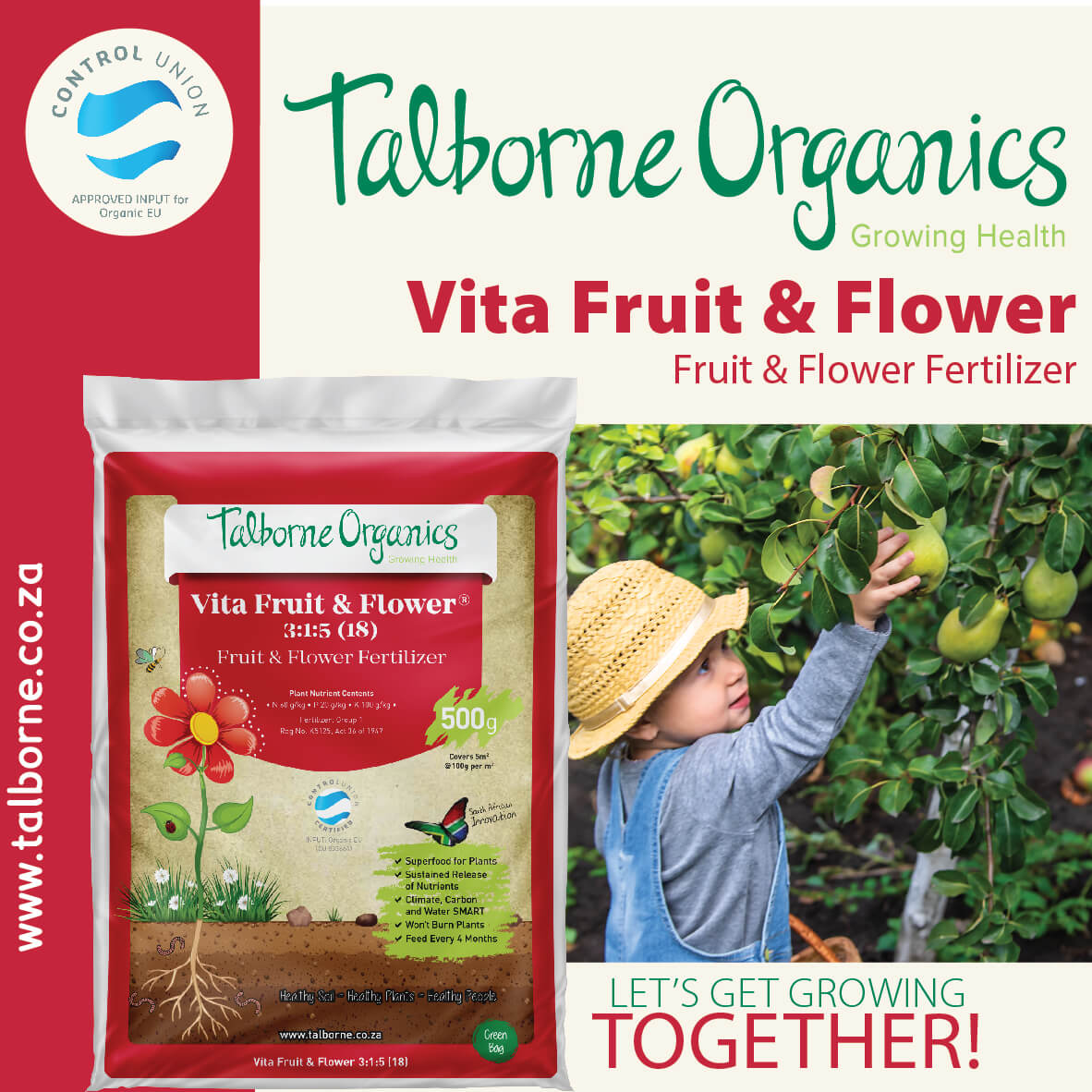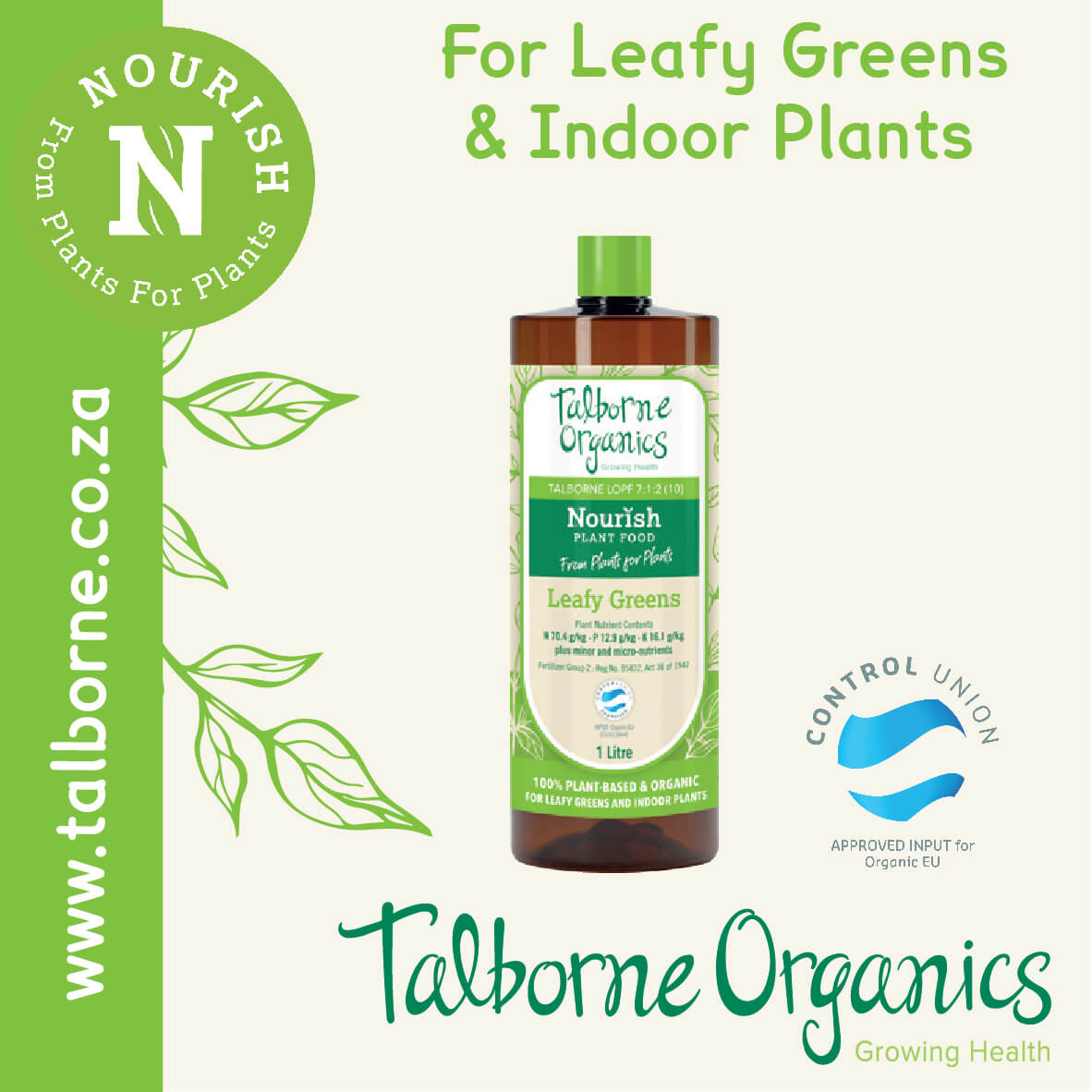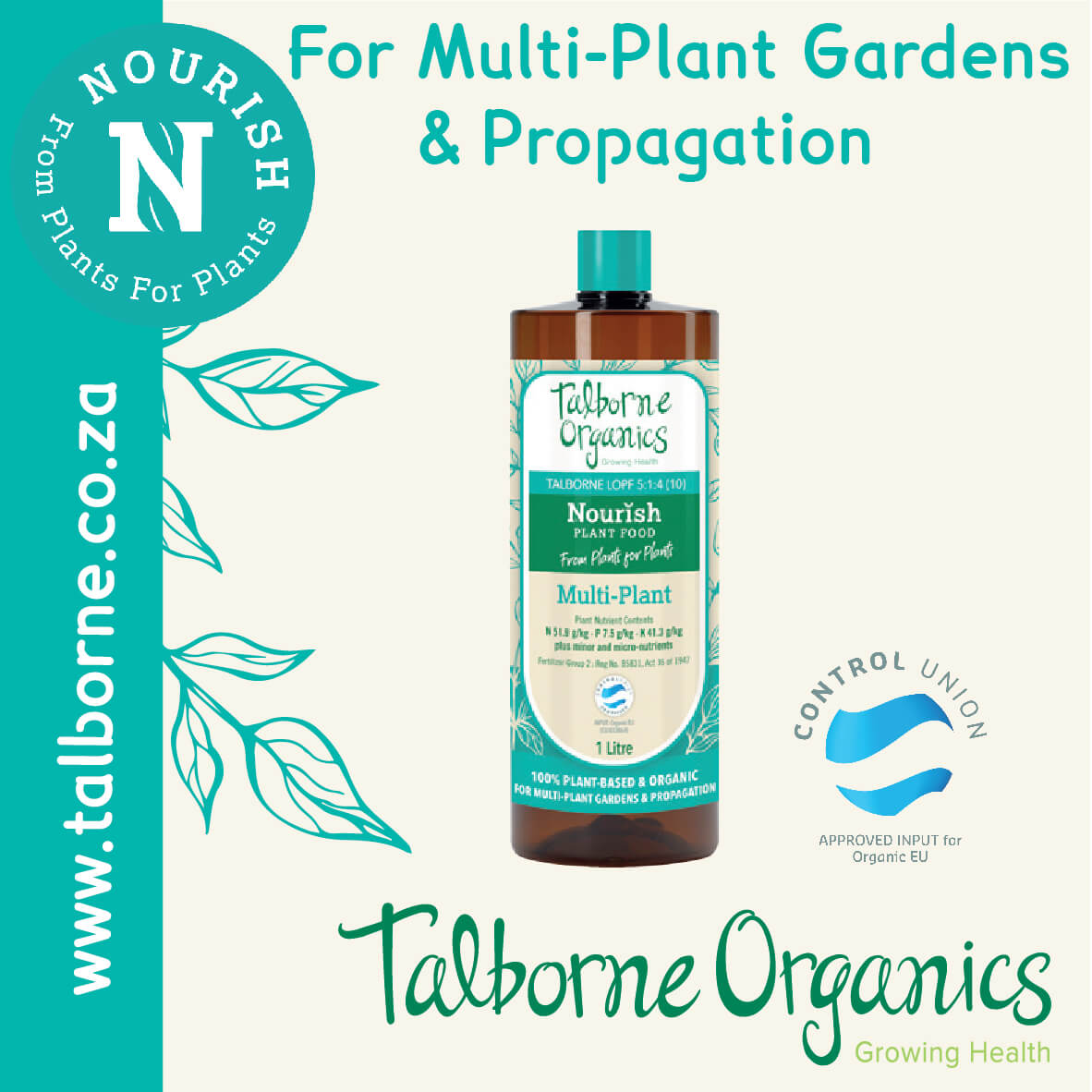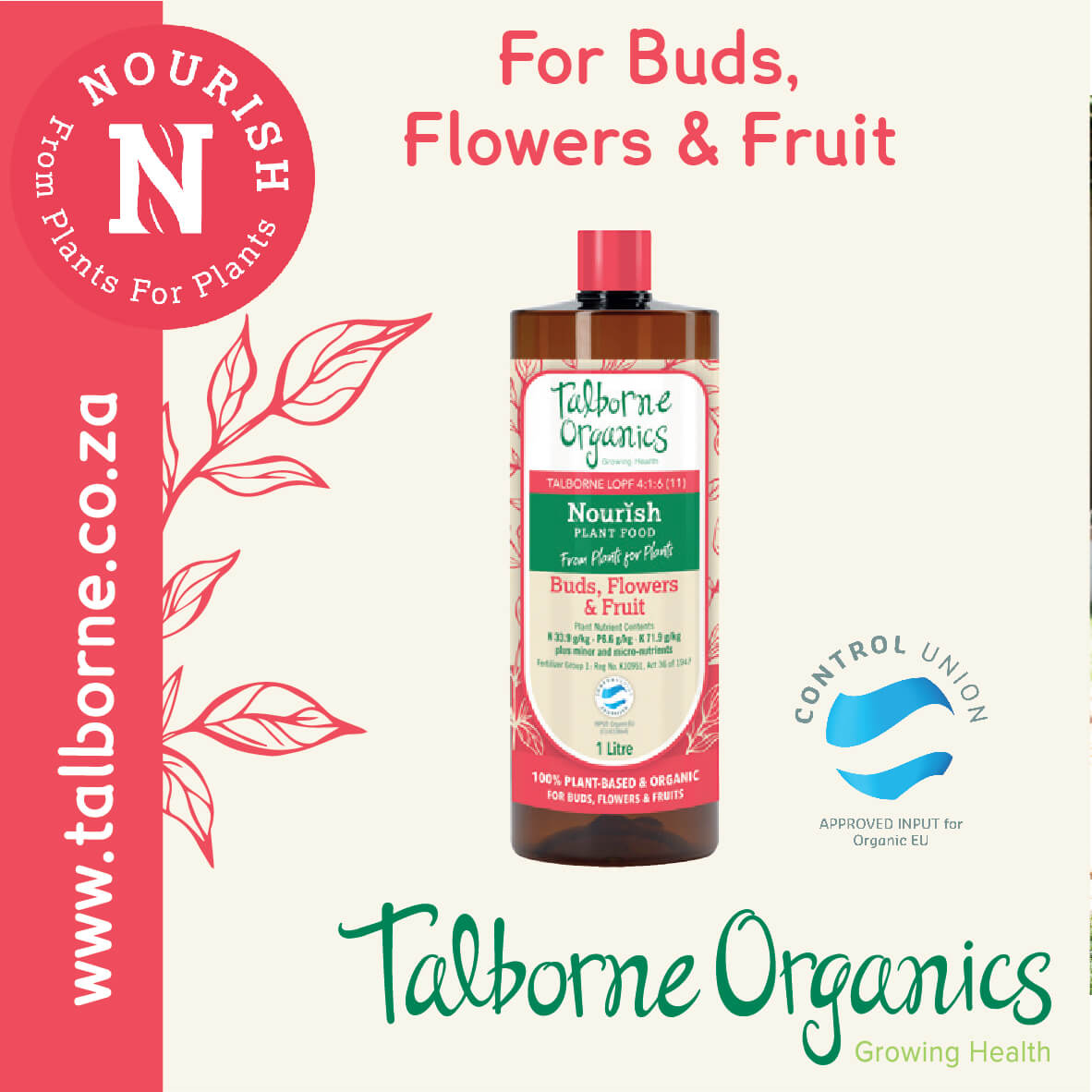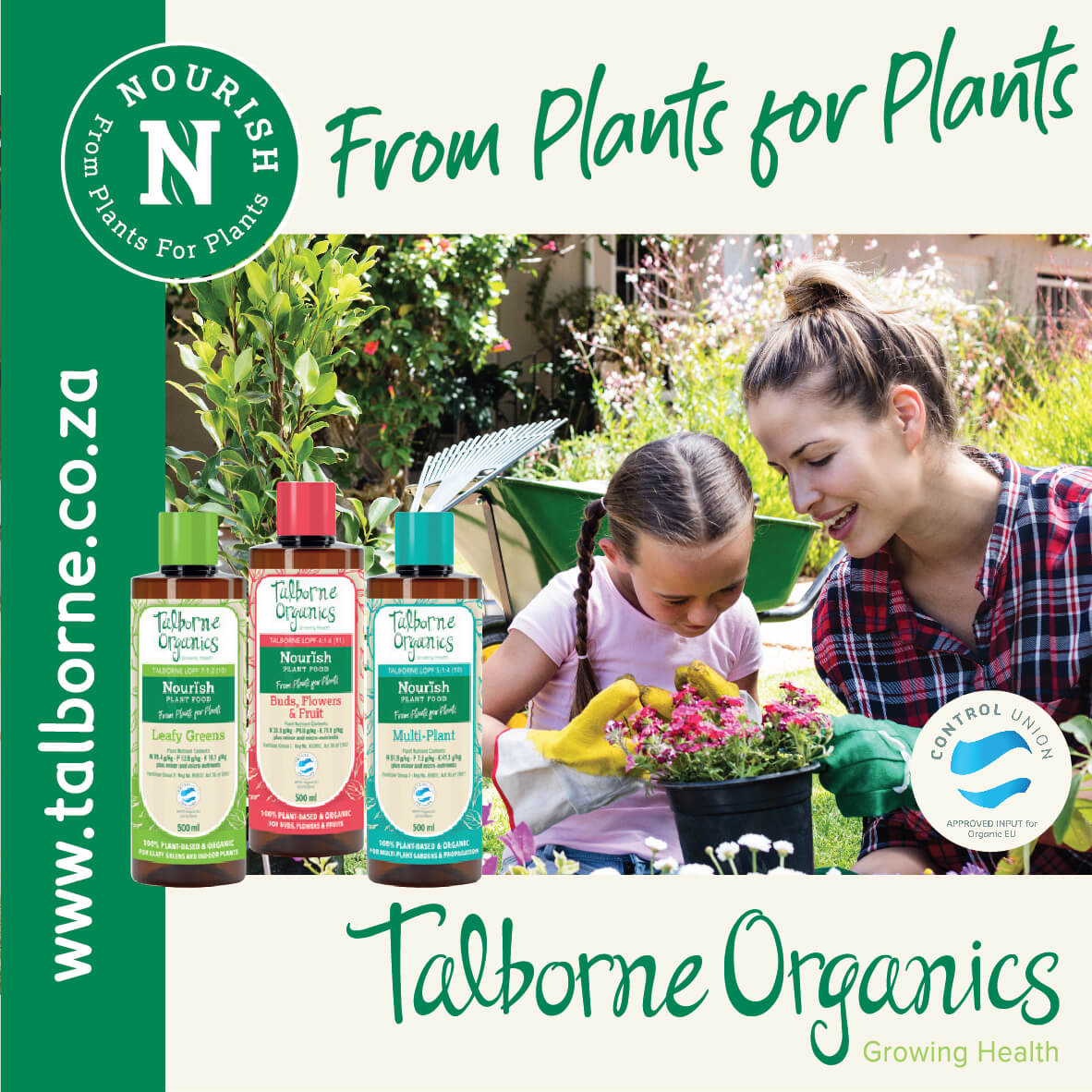| Botanical name | Allium fistulosum |
|---|---|
| Plant Care |  Deciduous Deciduous – Sheds Its Leaves Annually  Full Sun Full Sun – Prefers 6 or more hours of sun per day.  Semi Frost Hardy Semi Frost Hardy – Is Able to Survive Moderately Low Temperatures.  Moderate Watering Moderate Watering – Requires Regular Watering.  Non Indigenous Non Indigenous – Exotic to South Africa. |
| Categories | |
| Common name(s) | Spring onions |
| Origin | |
| Planting instructions | Sow seeds for spring onions in trays or 20mm apart in rows.Do not plant seedlings too deep. |
| Soil conditions | A sandy loam soil, well dressed with compost and manure, is best. |
| Uses | Spring onions (also called green onions or scallions), are grown for their leaves and white stems, and used mainly in salads and in Oriental cuisine. Spring onions: ‘White Welsh’, a bunching type, is excellent for salads. Spring onions that grow too big for salad use can be left in the ground to provide the bite-sized bulb onions used for pickling. |
| Common pests and diseases | Pests: Thrips.Diseases include mildew (during wet weather), pink rot, storage rot. |
| Harvest | Spring onions are ready for harvesting about 10 weeks after they germinate. |
Allium fistulosum (Spring onions)
- Botanical name: Allium fistulosum
- Common name(s): Spring onions
- Categories: Fruits and Vegetables
Plant description:
There are two types of onions: bulb onions, which come in various shapes, sizes and colours, and are used, raw or cooked, in dishes and salads; and spring onions (also called green onions or scallions), which are grown for their leaves and white stems and used mainly in salads and in Oriental cuisine.
Family: Alliaceae
Synonym: Allium bouddae
Botanical Pronunciation: AL-ee-um fist-yoo-LOW-sum
Allium fistulosum requirements and features
info on these icons
Moderate Maintenance
Requires moderate maintenance.
Prohibited Use Notice: No Data Scraping Allowed Except for Search Engine Indexing:
The content provided on PlantInfo.co.za is intended for personal, non-commercial use only. Unauthorized extraction, reproduction, or use of the data, including scraping, for any purpose other than search engine indexing is strictly prohibited. Violations of these terms may result in legal action. By accessing and using this website, you agree to comply with these conditions and acknowledge the legal restrictions on the use of our content.
